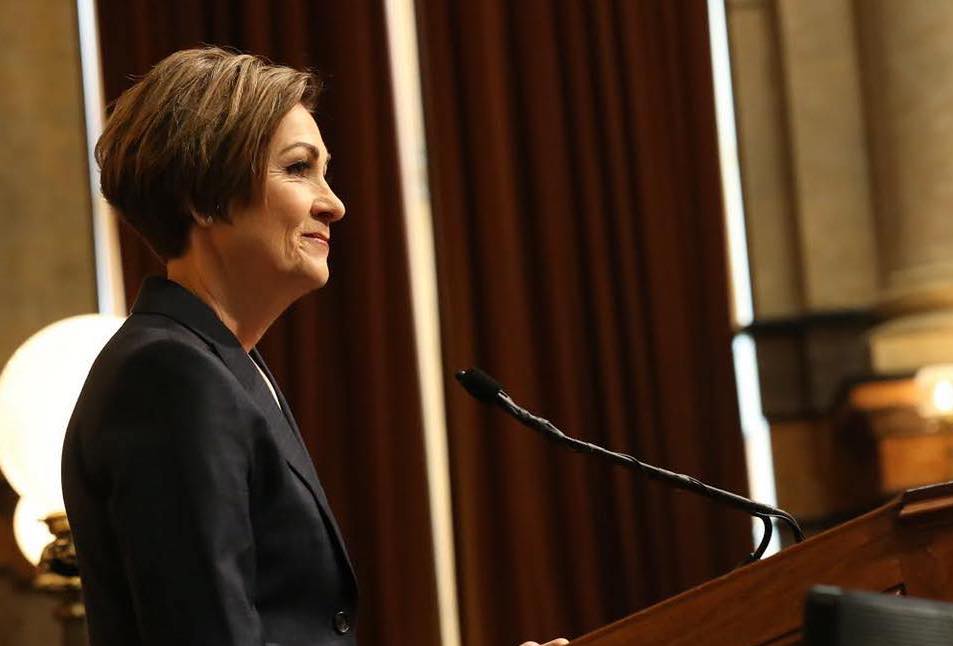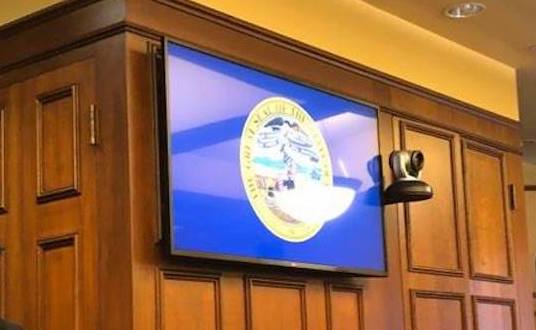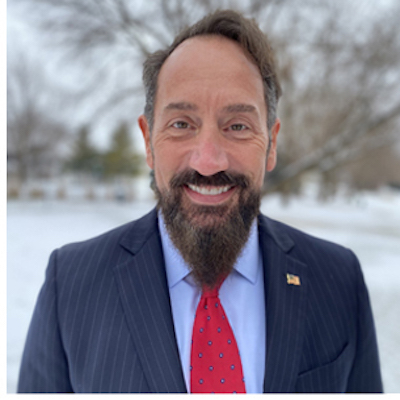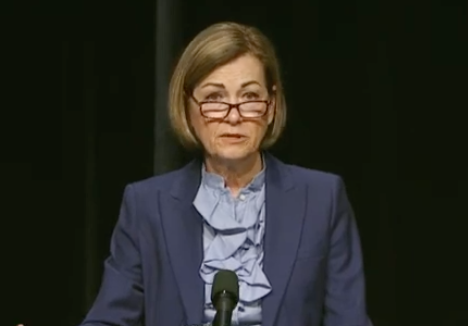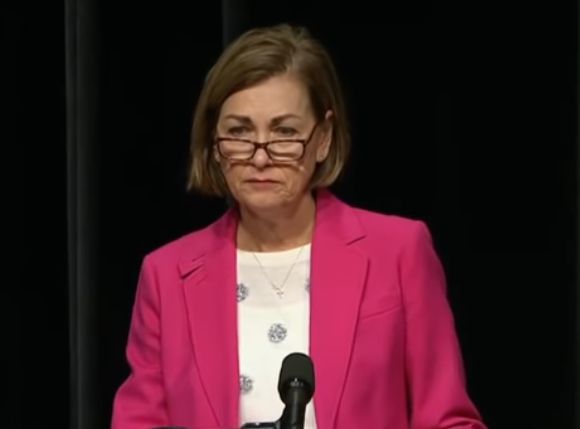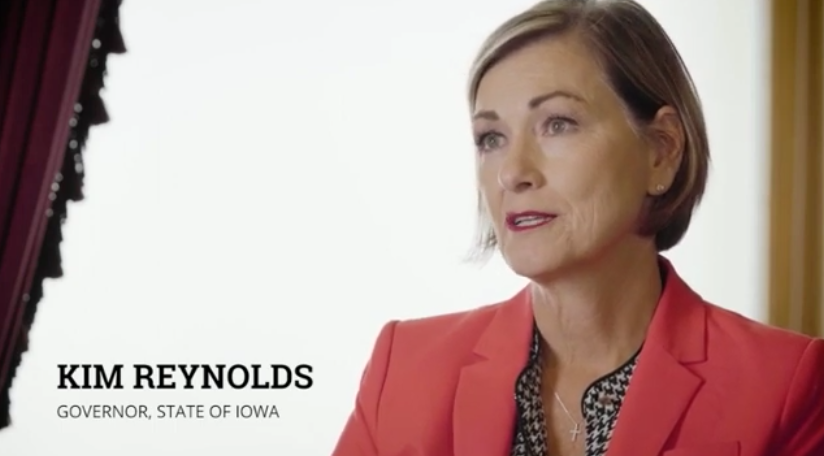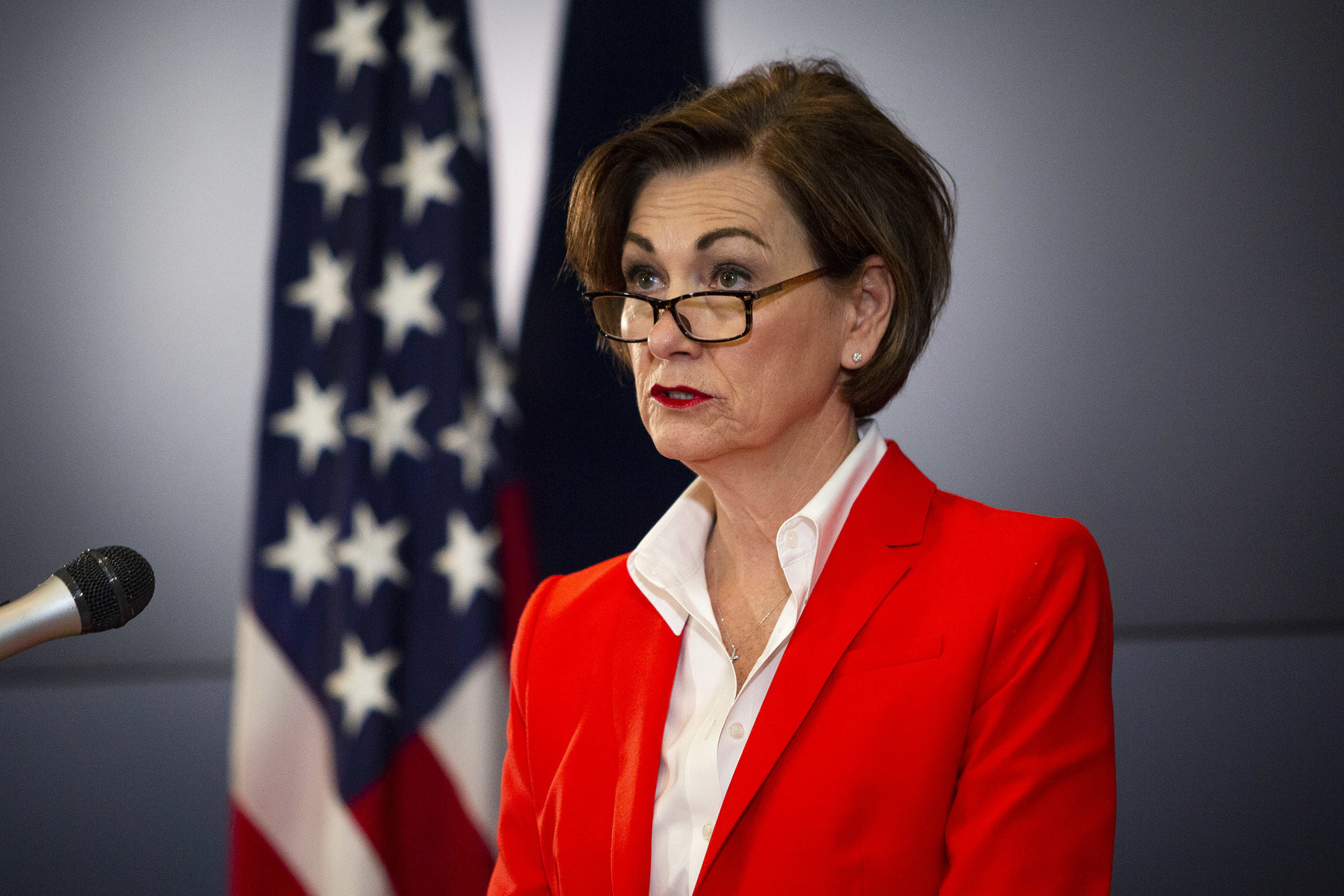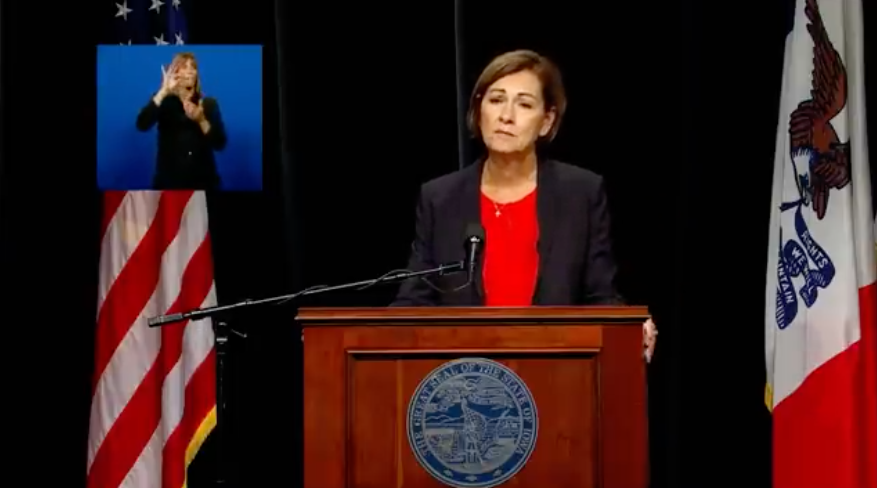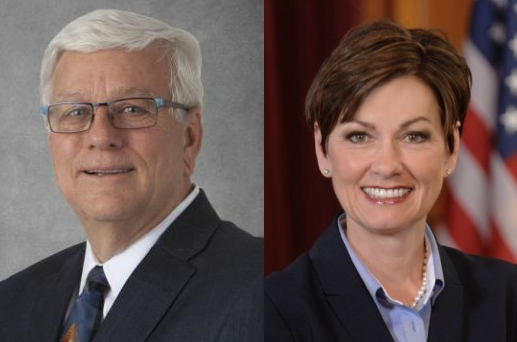Like other states, Iowa is digging a fiscal hole by not spending enough to repair roads, according to a report Smart Growth America and Taxpayers for Common Sense released this month. The non-profit Smart Growth America is “the only national organization dedicated to researching, advocating for and leading coalitions to bring smart growth practices to more communities nationwide.” Taxpayers for Common Sense is “a non-partisan budget watchdog” seeking “to achieve a government that spends taxpayer dollars responsibly and operates within its means.”
The “Repair Priorites” report notes that less than half of Iowa’s roads are in good condition, yet the state continues to spend disproportionately on new road construction rather than repair. Table 1 on pages 10 and 11 of this pdf file shows that Iowa has about 22,999 “state-owned lane-miles of major roads,” of which just 10,558 (46 percent) are in good condition. Iowa would need to spend about $552 million per year to repair and preserve state roads in good condition, but that figure exceeds the total Iowa Department of Transportation budget for capital investments. Between 2004 and 2008, Iowa was spending about $172 million per year on repair and preservation for state-maintained roads. That’s roughly 32 percent of the capital investment budget. Meanwhile, Iowa added 363 state-owned lane miles between 2004 and 2008, spending more than $190 million annually on road expansion (see table A4 on pages 29 and 30).
As time passes and roads deteriorate from “good” to “fair” or “poor” condition, repairs become far more expensive. Figure 3 on page 12 of the report shows that maintaining a road “in good condition over time costs less than half the cost of making major repairs after letting the same road deteriorate to poor condition.”
Excerpts from the “Repair Priorities” executive summary and Iowa fact sheet are after the jump.
Governor Terry Branstad has suggested that Iowa needs to increase the gas tax to pay for the long-term needs of the state’s road system. To protect taxpayers’ long-term interests, the governor and officials like Department of Transportation Director Paul Trombino should support investing more on road maintenance to reduce future costs.
Underscoring Iowa’s failure to maintain its vital infrastructure, a report Transportation for America released in March indicated that Iowa is the third-worst state for structurally deficient bridges. Earlier this year, Smart Growth America’s report on “smart transportation” policies for Iowa (pdf) recommended that state policy-makers: allocate more funds to maintain and repair roads and bridges; invest more in public transportation; assign some transportation money to grants that would reward “innovative least cost solutions”; and revisit the spending priorities in the Iowa Department of Transportation’s Long Range Transportation Plan.
Continue Reading...


